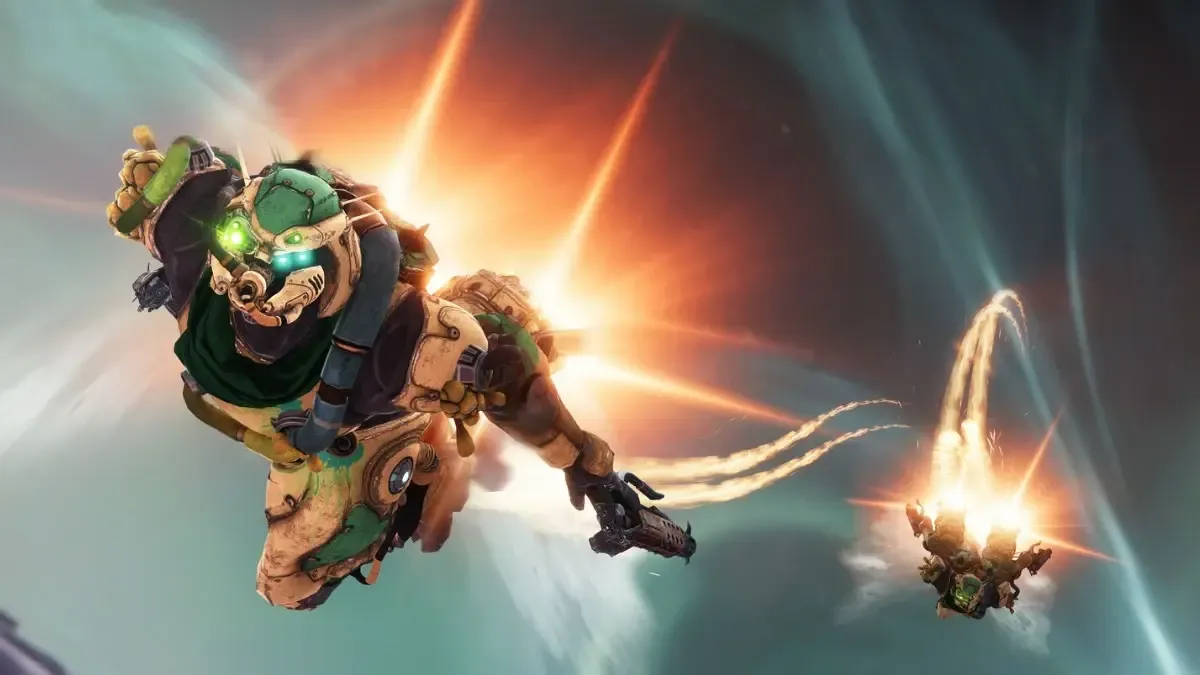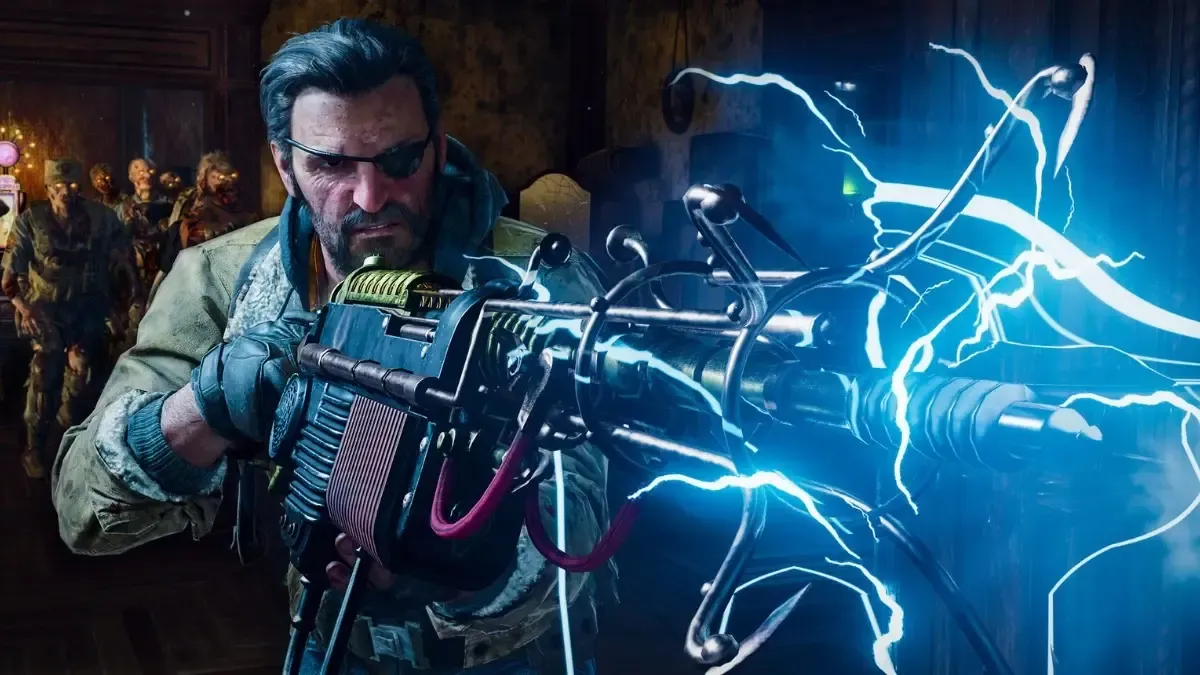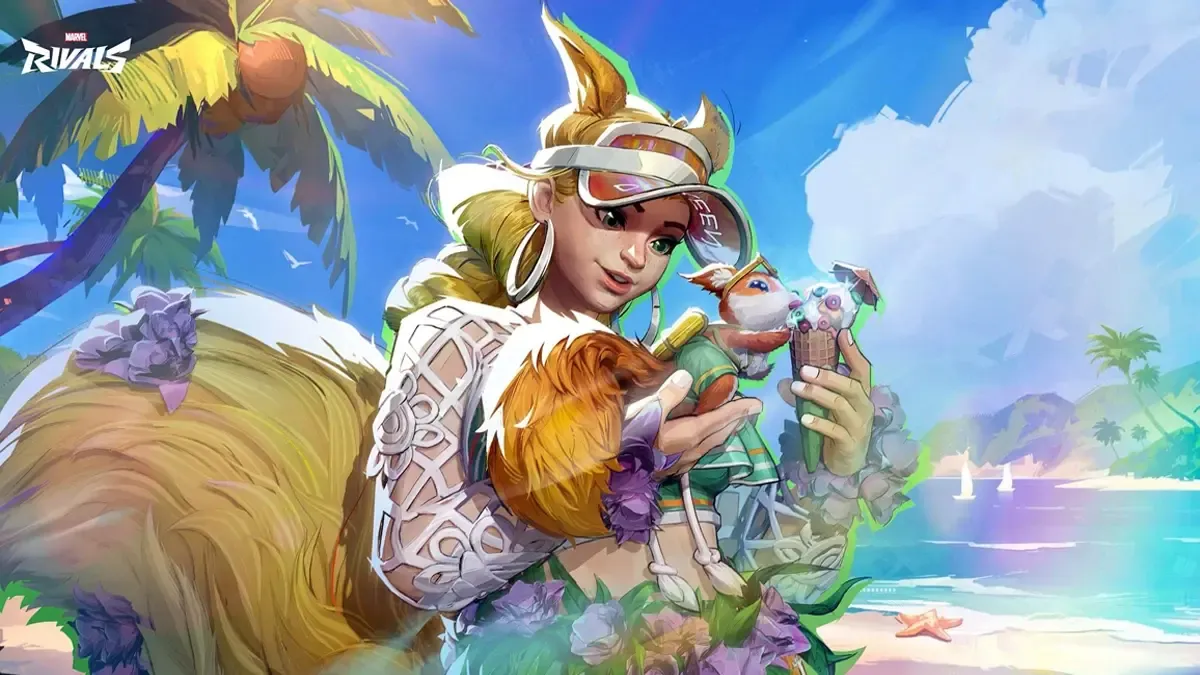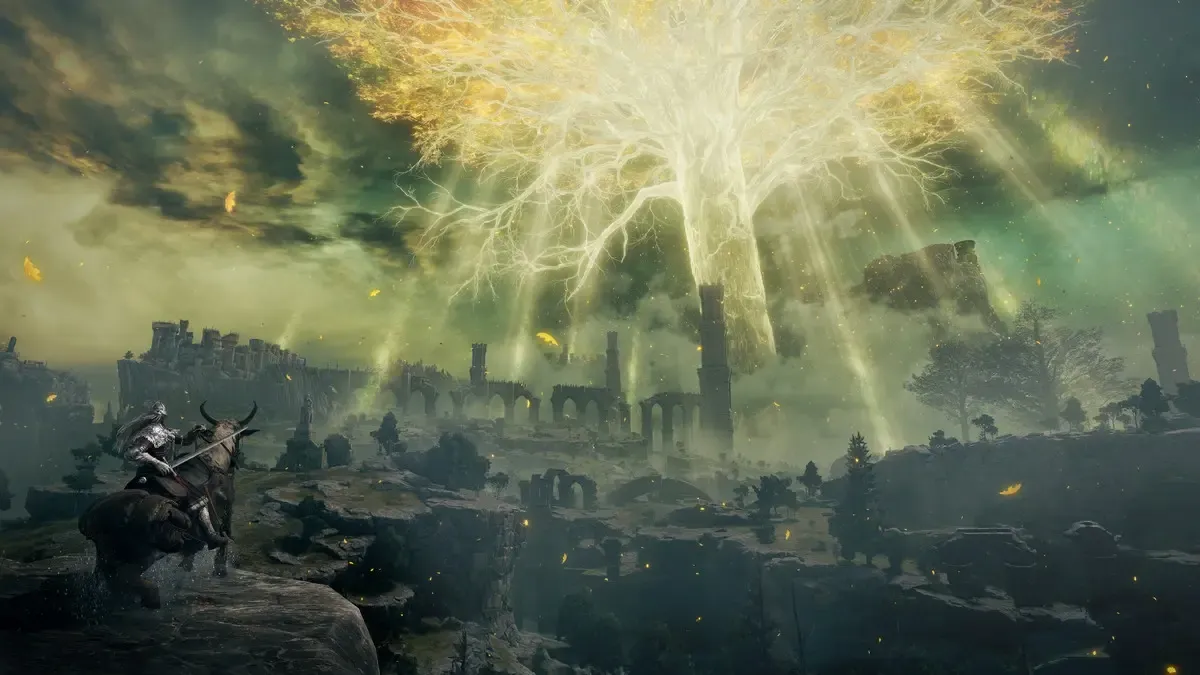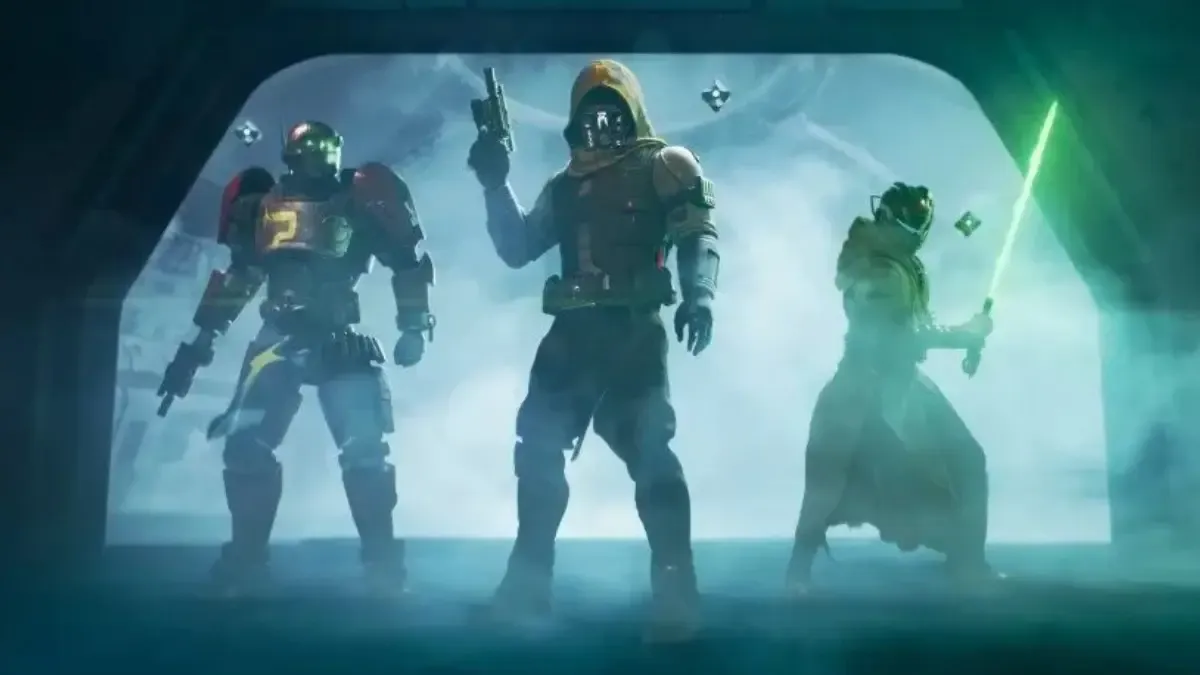We’re diving into the world of collegiate esports and how a small team of students put a Valorant tournament together.
As the saying goes, everyone has to start somewhere. Breaking into the esports industry doesn’t take much in the way of equipment, seeing as some games like League of Legends: Wild Rift and PUBG Mobile are played on mobile phones, but it does get a lot easier for athletes who are afforded efficient training and a proper structure at an early age. Given that the average age of esports athletes remains in the early 20s today, collegiate esports events give players an opportunity to test their mettle and climb the ranks.
We spoke to the president of Multiple Intelligence International School (MIIS)’s student council, which helped to organise the official IGNITE Valorant Invitational Tournament to learn more about what it takes to organise student-level esports activities, and how it helps to foster the esports scene.
What is collegiate esports?
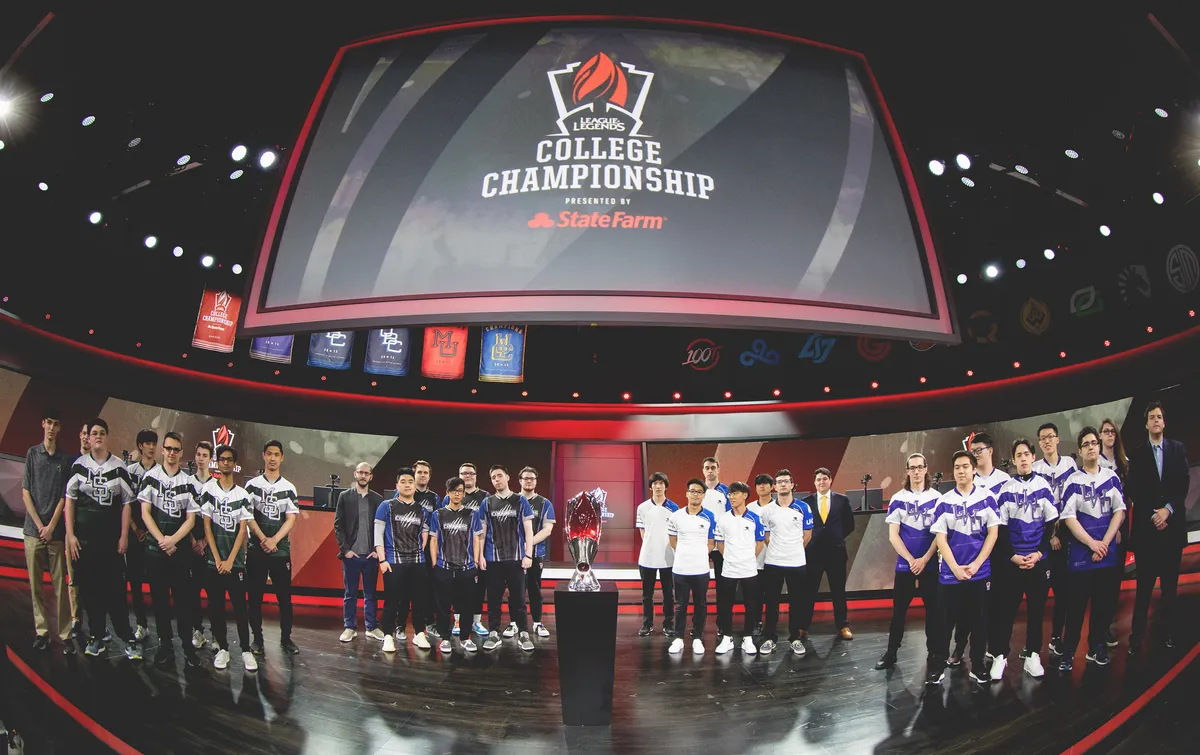
Image: Riot Games
Fact: esports as a whole began as a competitive collegiate activity. In 1972, Stanford University students competed against one another while playing a PDP-1 game called Spacewar!, in what became the very first recorded videogame competition ever. The competition was referred to as an ‘Intergalactic spacewar Olympics’, and its grand prize was a full year’s subscription to Rolling Stone. Videogame competitions only later evolved to include arcade cabinets before turning into full-fledged televised events, and thus taken a little more seriously by the general public.
The rise of online gaming in the 90s brought with it another big push to esports, as more players began to take an interest in competitive games. By this point, the people playing these games weren’t children - they were students attending college with some free time on their hands. Decades have passed since then, but the average age of esports athletes has remained the same - around 20 to 24 years old - meaning that most of these athletes come onto the scene during or right after their college years.
According to the thesis College Esports: Grassroots Hobby Turned Unregulated Industry by Grace Ann Alexander, Robert Morris University launched the first varsity-level college esports program in 2014. Now, there are 500 similar esports programs in America alone, but it’s important to note that it took a great many decades for college football to get on the same level. The potential of exponential growth is huge as far as collegiate esports is concerned, but a few things still stand in the way of its prosperity.
The importance of collegiate esports
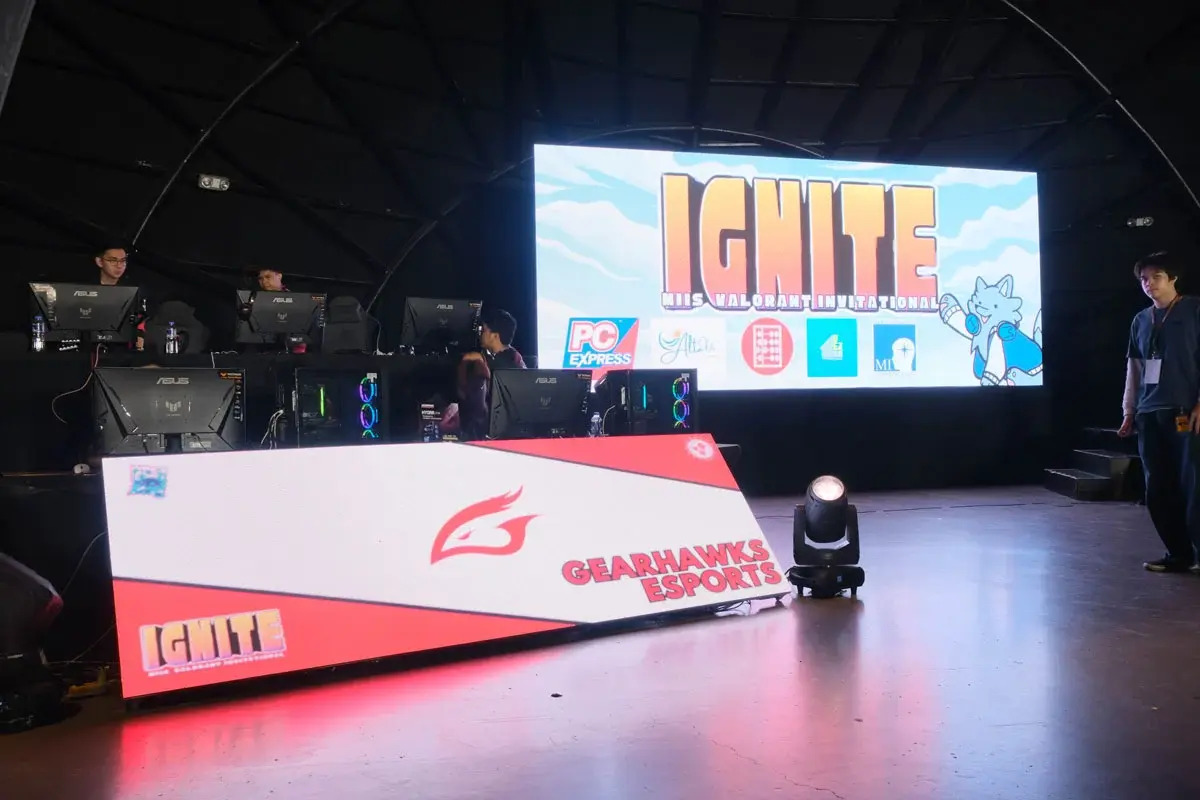
Image: Kimi Curay
To dive into the importance of competitive student events, we exchanged a few emails with Luis Camacho, the now-ex Student Council President of Multiple Intelligence International School (MIIS) in the Philippines. MIIS’ Student Council was responsible for putting together a recent collegiate Valorant tournament: the IGNITE Valorant Invitational Tournament. The tournament was held on May 26, after roughly five months in total of work went into its production.
Despite having organised events like these before, Luis notes it was, “definitely one of the hardest things that I have ever done in my life," continuing:
“[...] even after organizing multiple other events on a similar scale, it was just a totally different experience altogether. The level of production, the equipment needed, the different requirements, and the new environment all made the process so much harder than was expected in the beginning but through the help of many experts from different clubs, it helped with catering to the community. It was hard but worth it.”
Events like the IGNITE Valorant Invitational Tournament are important. After all, professional football players don’t just rise up from nothing and start competing in national events. Many athletes get their start in collegiate events, providing an obvious template of athletic career progression for the esports scene to replicate. Game developers and publishers have taken a more hands-on approach to the collegiate scene by investing directly into programs that not only encourage schools to organise esports events, but encourage students to consider them as a serious career path.
For example, Blizzard Entertainment and the esports company Tespa partnered up to provide in-game rewards for games like StarCraft, Hearthstone and Heroes of the Storm to college gaming clubs. Both companies later hosted a $5,000 Hearthstone tournament in 2014, and then a $450,000 Heroes of the Storm championship series in 2015. The latter event was immensely successful, seeing the participation of more than 6,200 players and becoming the first-ever esports event to be broadcast on national television.

Image: ESPN
Today, many game developers have begun to take a personal interest in cultivating an esports scene around their titles at the collegiate level. Riot Scholastic Association of America handles its League of Legends and Valorant events in college and high school in-house, offering ways for students to find nearby clubs and events to join. It also facilitates seasonal college seasons for both Valorant and League of Legends. That kind of direct support allows up-and-coming players to gain a foothold in the sport, and fosters their long-term competitive viability.
Luis goes so far as to call events like these, “the most important part of these competitive scenes,” due to potential esports athletes often abandoning their passions after college. He explains that if he had access to competitive events in high school, he might have pursued a career in esports himself:
“College or even high school are the times where people give up on going pro because it is so risky and it would be much safer to just get a job. By developing this already before that crossroads, it makes it so much better for up-and-coming players to feel safe. It also provides a path that was never there in the past where other fields have majors, gamers will have clubs and organizations to join. Even for me, if there was a high school scene for esports and Valorant specifically, I would not have given up on my dream so early.”
There’s a reason developers and sponsors alike are flocking towards collegiate esports: accessibility. Students have more opportunities - and time - to try gaming competitively while studying compared to adults working full-time jobs, and when incentives like scholarships and financial support come into the picture, there are more reasons to participate than otherwise. As long as there’s an organised structure with supportive staff onboard the endeavour, students can actually pursue the career of an esports athlete the way others pursue their own dream jobs in school: study and practice. Different schools competing against one another gives the student real-world experience that they then carry onto much bigger stages in the future. Esports organisers who keep an eye on collegiate events can find rising stars in the making. Colleges can pat themselves on the back for producing highly-skilled esports players who bring home medals and other achievements.
It’s hard to deny the potential of collegiate esports, but it’s not easy to act on it either.
Challenges in collegiate esports

Image: Diane VanDyke, Montgomery County Community College
Despite the smaller scale and lack of red tape surrounding collegiate esports events, they can be difficult enough to organise on their own. Larger tournaments liaise with seasoned companies in the industry to make their events flow smoothly from every level, but a lack of resources, funding and energy can be detrimental to the collegiate level. Game developers like Riot have taken a direct interest in collegiate events themselves, but this doesn’t always happen.
Without sufficient funds and erudite counsel, where do these events get their prize money? How do they subsidise their gaming equipment? How do their students balance their gaming careers and regular education? Thankfully, Luis and the MIIS Student Council received, “quite a lot of support,” from their school, seeing as it was the school’s first-ever event held on such a large scale. In their case, the school recognised, “a lot of opportunity for success and failure, “ and helped out with, “gathering of equipment, and most of all with their insights that helped us pull this together. Without their advice and knowledge, there would be so many holes in the event and it would have been a large failure.”
Without this level of assistance, it’s practically impossible for a small team of students to balance their studies and arrange competitive events at the same time. Even with the school’s help, the IGNITE Valorant Invitational Tournament wasn’t exactly easy to put together. Luis explains:
“Hosting a large event like this comes with countless challenges from funding it, booking venues, or even just gathering the right wires but the hardest challenge was balancing it with our school lives. Many of the team members that organised the event were honour students, leaders in our school and achieving individuals, which added another thing on our plates. We did not want to use our passion as an excuse to fail in school so we had to persevere and push to make sure we never fell behind and in the end, we all kept our awards and made it through.”
Takeaways from the IGNITE Valorant Invitational Tournament
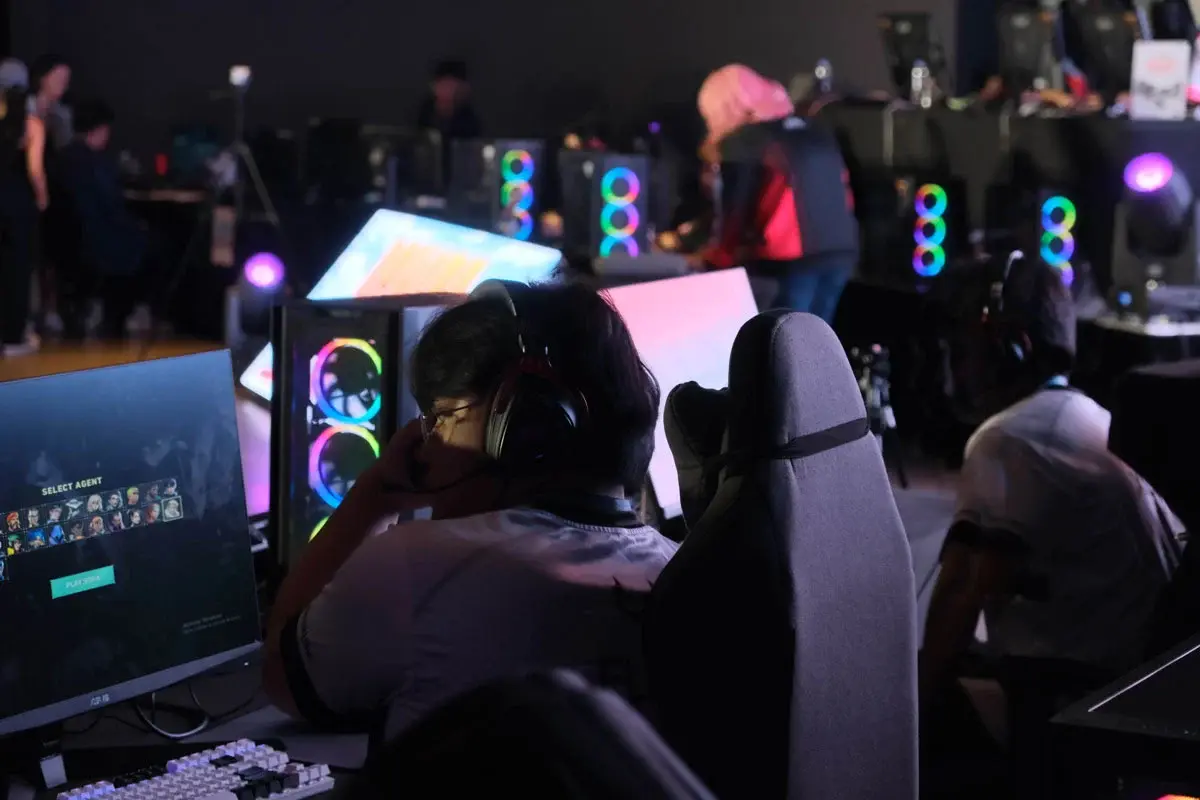
Image: Kimi Curay
After all the hard work and sleepless nights that went into putting the IGNITE Valorant Invitational Tournament together, the event turned out to be a huge success in Luis’ eyes. According to the ex-President, he found meeting the athletes face-to-face during the tournament to be the most exciting part of the whole thing, saying, “To see people that are able to achieve what I, for so long, wanted was surreal and to see that level of play in real life was quite a sight to behold. It was like seeing your heroes in real life. It got me thinking about the idea that some of these people will go on to represent our country in the world of esports someday and it just got me even more excited to watch them compete right in front of my eyes.”
There was also a deep sense of satisfaction in seeing the venue set up and ready on the day of the tournament, “because in our minds, it was always just a sketch, an outline, or an estimation but to see it there, set up, and ready, it was like seeing all your hard work finally come to fruition.” Luis has always dreamed of becoming a Valorant competitive player himself, and the Student Council drew inspiration from the Valorant Champions Tour and the League of Legends World Championship for their own event.
“It was watching those events and thinking ‘I wish I was there’, that fueled my passion for hosting these types of events because if I can't go there, might as well bring it to me,” Luis reasons, and bring it he did. Still, the ex-President - who graduated shortly after this event was held - isn’t devoid of regrets. He notes that from the audience’s perspective, “it seemed like a good turnout, despite many technical difficulties. Most people had fun, went home with consolation prizes and overall, had a good time.”
As an organiser, however, he thinks it could have been better. “In full honesty, the planning for an event of this scale was extremely rushed and could have been a lot better with the opportunities we were given, the support that we had and the resources that were present. At the end of the day though, everyone had a fun time, even the staff, and so it was a win in my book.”
MIIS’ first esports event on this scale is officially over, but there is, “definitely a possibility,” of more events like these happening down the line, with the next Student Council cabinet taking charge of things. As long as more schools like MIIS have people who are as passionate about esports as Luis and his Student Council team, esports athletes will always have room to grow.


